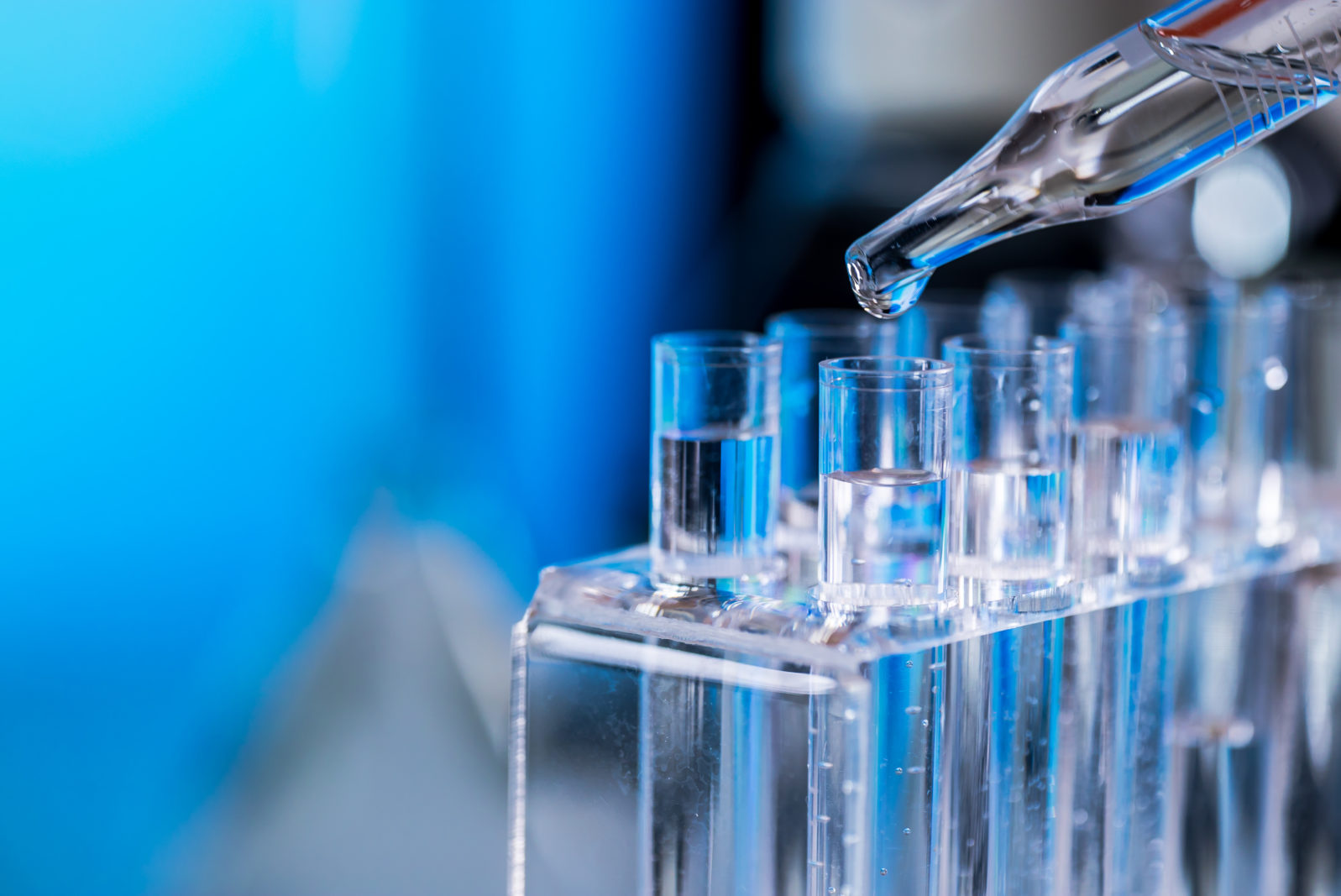Lab Leak Theory Vindicated: What That Means for Fighting COVID-19
What was the U.S. government's role in downplaying the lab leak theory?Vanity Fair adds to the growing number of investigative articles pointing to a lab accident as the cause of the COVID-19 pandemic. This article looks at the U.S. government’s role in downplaying that lab leak theory.
Behind closed doors, however, national security and public health experts and officials across a range of departments in the executive branch were locked in high-stakes battles over what could and couldn’t be investigated and made public.
Katherine Eban, “The Lab-Leak Theory: Inside the Fight to Uncover COVID-19’s Origins” at Vanity Fair
At a time when the Mainstream Media has sullied its reputation by parroting experts rather than seeking multiple viewpoints and checking sources, several articles stand out as excellent pieces of long-form writing and investigative journalism showing why a lab leak is a possible explanation for the origin of SARS-CoV-2, the virus that causes COVID-19.
The first was by author Nicholson Baker in New York Magazine. Published in January 2021, Baker’s article was largely ignored. Then, last May science writer Nicholas Wade published an article on Medium, which was cross published at the Bulletin of the Atomic Scientists with interviews and layperson explanations for why the genome of the SARS-CoV-2 virus is particularly troubling.
The Wall Street Journal has published opinion pieces that espoused a potential lab leak and an exclusive article on a previously undisclosed intelligence report showing that three workers at the Wuhan Institute of Virology went to the hospital with COVID-like symptoms in November 2019. Additionally, the Journal published an extensive article on the mines in Yunnan province where Dr. Shi Zheng-Li’s group obtained hundreds of samples of bat coronaviruses. Not to mention Buzzfeed and the Washington Post’s articles on Dr. Fauci’s internal emails.
Then on June 3, 2021, Vanity Fair published an article by Katherine Eban that included interviews with over forty people, internal memos, emails, and meeting minutes. Eban weaves a narrative that paints a damning picture of the intentional down-playing of a possible lab mishap. She reports that
…conflicts of interest, stemming in part from large government grants supporting controversial virology research, hampered the U.S. investigation into COVID-19’s origin at every step. In one State Department meeting, officials seeking to demand transparency from the Chinese government say they were explicitly told by colleagues not to explore the Wuhan Institute of Virology’s gain-of-function research, because it would bring unwelcome attention to U.S. government funding of it.”
Katherine Eban, “The Lab-Leak Theory: Inside the Fight to Uncover COVID-19’s Origins” at Vanity Fair
Apparently, one of the things that the governing bodies wanted to keep out of the limelight was that the National Institutes of Health had given grant money to the Wuhan Institute of Virology for gain-of-function research. This was sometimes done somewhat indirectly through a third-party company called EcoHealth Alliance, owned by Peter Daszak. When I looked at past publications on bat coronaviruses at the Wuhan Institute of Virology available through a Pub Med search, the journal articles state that the research was funded by the NIH and EcoHealth Alliance, so it was not a secret that the NIH funded this research. But then a pandemic happened, and ground zero was one of three cities in the world that house a BSL-4 laboratory that studies bat coronaviruses.
In the Vanity Fair article, as well as Nicholas Wade’s article, Peter Daszak’s name came up often. He was the only American that the Chinese government approved for the WHO investigational team. The U.S. had submitted three other names of well-qualified people that were subsequently rejected. The WSJ reported on Daszak’s potential conflict of interest in January after the WHO released their preliminary report. Daszak organized a Lancet correspondence saying there was a scientific consensus that SARS-CoV-2 jumped from animal to human.
Part of EcoHealth’s funding, and therefore NIH funding, went to Shi Zheng-Li at the Wuhan Institute of Virology. Whether or not the NIH funded the actual research that created the SARS-CoV-2 virus, specifically, is unclear, but a look at past research papers on Pub Med, shows that the NIH funded Shi Zheng-Li’s research on SARS-like coronaviruses. Based on Wade and Eban’s reports, and as is often the case in laboratories with shared space for multiple related projects, it’s hard to demarcate where funds for one project end and another begins. It gets dicey when one funding agency requires updates and information on research, such as U.S. federally funded grants, while another requires secrecy, such as the Communist Party of China. According to Eban’s interviews, scientists from China’s Academy of Military Medical Sciences were working in the same laboratories as Shi Zheng-Li’s research group.
Eban points out that Shi likely was not allowed to say anything about her research or the Chinese military’s ties to her research, even if she wanted to. This would fit with an AP report that the Chinese Communist Party clamped down on any public information on their scientists’ investigation into the pandemic origins.
Next: What exactly is gain-of-function research? Why is it risky?
You may also wish to read:
Was the WHO investigation of COVID-19’s origin thwarted by China? The World Health Organization team was not really allowed to conduct a proper investigation in China. (Heather Zeiger)
